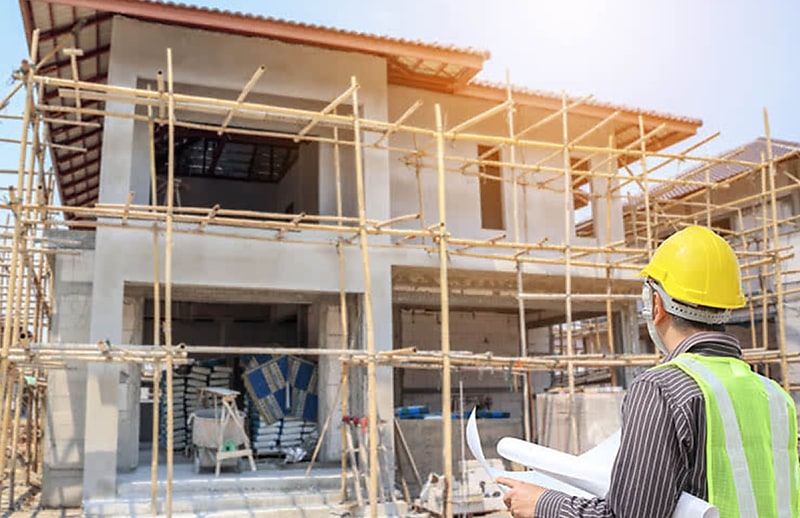Construction is on track to hit its lowest level in a decade, says industry body.
26 June 2025
New Broker Academy 2025
Uncover a new world of opportunity at the New Broker Academy 2025If you’re ready for a career change and are looking...
KNOW MOREConstruction is on track to hit its lowest level in a decade, says industry body.

Rate rises have rocked the foundations of the residential construction industry with the number of housing starts on track to hit the lowest level in a decade, according to the Housing Industry Association.
The HIA’s latest Outlook Report says interest rate rises put an end to last year’s boom and detached housing commencements will fall precipitously to below 100,000 next year, from 149,000 in 2022.
“The number of detached houses commencing construction is set to decline this year and next to its lowest level since 2012,” said HIA chief economist Tim Reardon.
“The 2022 cash rate increases were sufficient to bring this building boom to an end and further increases in 2023 will accelerate this downturn.”
He said there was a large volume of work in the pipeline when rates started to rise last May and so there were still a record number of homes under construction, but shrinking market confidence was showing up in other data.
“Lending for the purchase or construction of a new home had already fallen to its lowest level since 2012 by the end of 2022, and the full impact of last year’s rate increases is still to flow through to households,” Mr Reardon said.
“This will see the number of detached housing starts fall below 100,000 starts per year for the first time in a decade to just 96,300 in 2024. This is a very rapid slowdown from the 149,000 starts in 2021.”
“Multi-unit starts were impaired last year by the acute shortage of labour and materials which has seen many projects postponed until 2023.
“Unlike detached home construction, the number of multi-units commencing construction should increase as the acute shortage of housing, returning migrants and students, and affordability constraints continue to drive demand.”.
Mr Reardon said the RBA’s strategy for tackling inflation meant the construction industry would see a repeat of the cycle experienced following the global financial crisis.
“Following an initial cut to rates, the RBA then increased rates quickly, bringing the building industry to a stall, before being forced to cut rates again to avoid adverse impacts on the wider economy,” he said.
“It is also unfortunate that higher rates will further impair the ability of the market to respond to the acute shortage of housing stock.”
He said the government could do more to help.
“One policy tool at the disposal of government is to ease the barriers put in place in recent years that restrict first home buyer access to a mortgage.
“Over a decade of macro-prudential restrictions have seen borrowing for those with less than a 20 per cent deposit become increasingly expensive. This inevitably leads to banks increasingly lending to those that already own a home.
“Easing the barriers to home ownership need not undermine the efforts of the RBA or the government to reduce inflationary pressures.”

AUTHOR
Philip King is editor of Accountants Daily and SMSF Adviser, the leading sources of news, insight, and educational content for professionals in the accounting and SMSF sectors.
Philip joined the titles in March 2022 and brings extensive experience from a variety of roles at The Australian national broadsheet daily, most recently as motoring editor. His background also takes in spells on diverse consumer and trade magazines.
You can email Philip on:
Comments will undergo moderation before they get published.
Uncover a new world of opportunity at the New Broker Academy 2025If you’re ready for a career change and are looking...
KNOW MOREGet breaking news
 Login
Login
